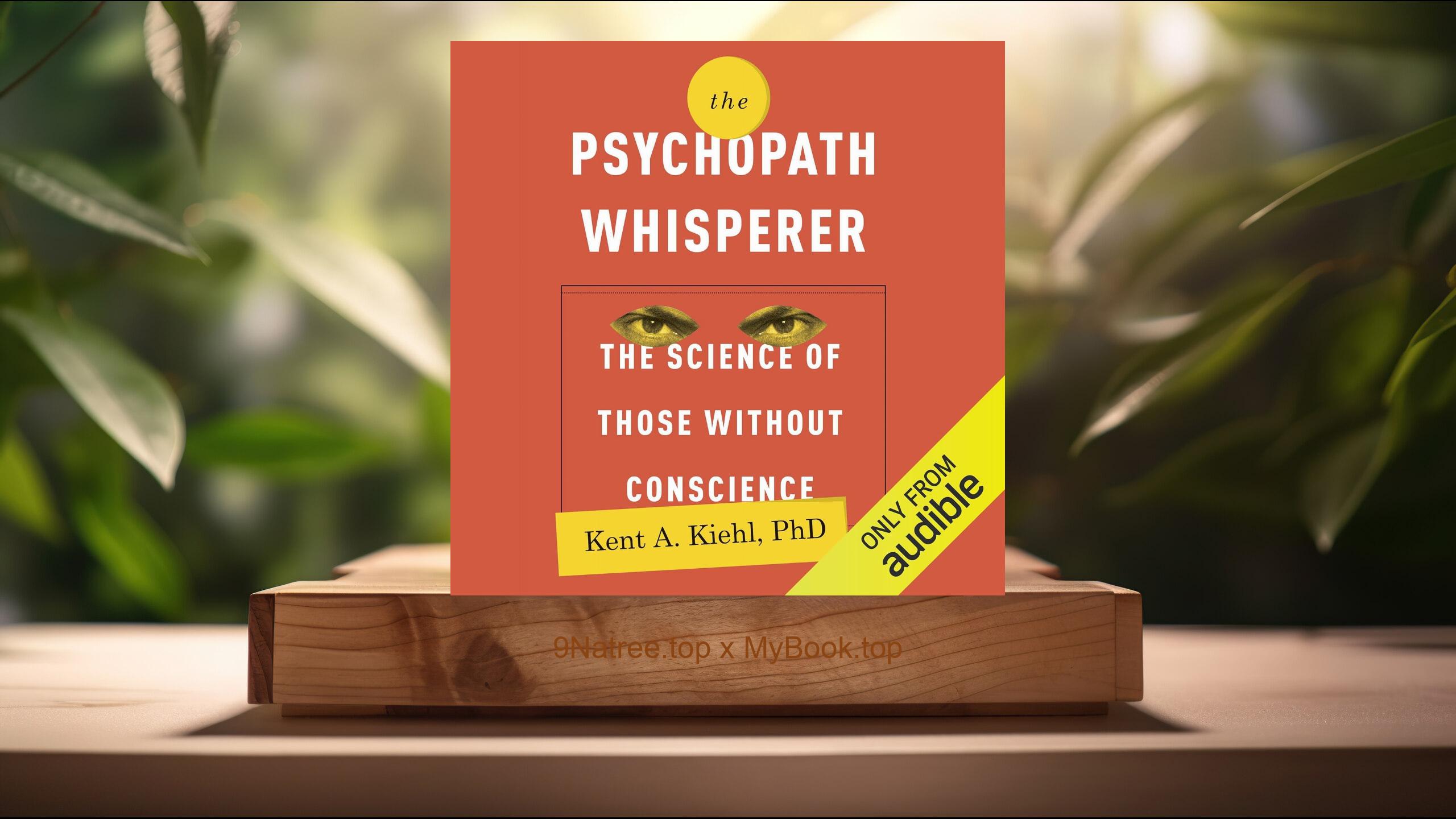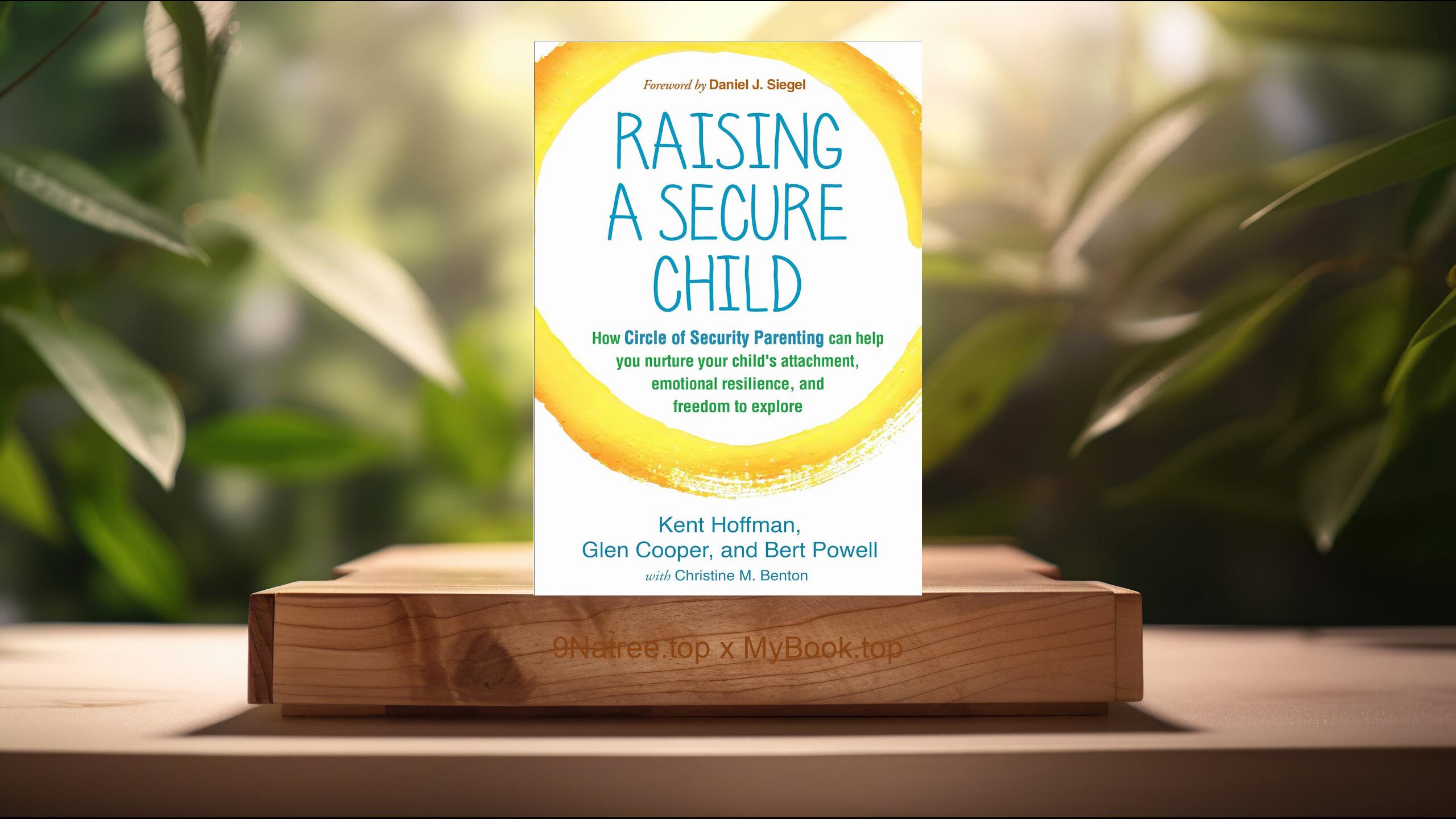Show Notes
- Amazon USA Store: https://www.amazon.com/dp/B00CIX0DFY?tag=9natree-20
- Amazon Worldwide Store: https://global.buys.trade/Whistling-Vivaldi-How-Stereotypes-Affect-Us-and-What-We-Can-Do-Claude-M-Steele.html
- Apple Books: https://books.apple.com/us/audiobook/whistling-vivaldi-how-stereotypes-affect-us-and-what/id641464853?itsct=books_box_link&itscg=30200&ls=1&at=1001l3bAw&ct=9natree
- eBay: https://www.ebay.com/sch/i.html?_nkw=Whistling+Vivaldi+How+Stereotypes+Affect+Us+and+What+We+Can+Do+Claude+M+Steele+&mkcid=1&mkrid=711-53200-19255-0&siteid=0&campid=5339060787&customid=9natree&toolid=10001&mkevt=1
- Read more: https://mybook.top/read/B00CIX0DFY/
#stereotypethreat #implicitbias #identitysafety #socialpsychology #diversityandinclusion #educationalachievement #workplaceequity #cognitivescience #WhistlingVivaldi
These are takeaways from this book.
Firstly, The Concept of Stereotype Threat, One of the central themes of the book is the concept of stereotype threat, a term coined by Steele himself. Stereotype threat occurs when individuals are at risk of confirming a negative stereotype about their social group, such as gender, race, or age. This risk, often subconscious, creates a form of psychological pressure that can impair performance, whether in academics, sports, or the workplace. Steele meticulously maps out how this phenomenon manifests: for instance, African American students perform worse on standardized tests when they believe their race is being evaluated, while women underperform in math when stereotypes about female inadequacy in math are highlighted. The book elaborates on the pervasiveness of stereotype threat and how its triggers — which can be as minor as a demographic checkbox or a seemingly innocuous remark — permeate day-to-day life for many marginalized groups. This insight reveals just how powerful and invisible stereotypes can be, shaping outcomes before individuals are even aware of their presence.
Secondly, Real-World Impacts of Stereotype Threat, Steele delves deeply into the direct, measurable impacts of stereotype threat across contexts. He presents vivid case studies and experimental data showing how stereotypes hinder educational achievement, influence public health outcomes, and affect workplace dynamics. In schools, for example, stereotype threat contributes to persistent achievement gaps among racial and gender groups, not because of innate ability but due to environmental pressures and expectations. In the corporate world, it influences promotion rates, job satisfaction, and innovation, particularly among women and minorities. Steele also demonstrates how stereotype threat can affect physical performance, as seen in studies where athletes underperform when negative stereotypes about their group’s abilities are invoked. These real-world ramifications show that the effects of stereotype threat extend far beyond academic settings, touching virtually every aspect of social life. Recognizing its scope helps underline the urgency of addressing implicit bias and fostering identity-safe environments.
Thirdly, Psychological Mechanisms and Coping Strategies, The book dives into the psychological mechanisms by which stereotype threat operates, uncovering why and how our minds are so susceptible to these social cues. Steele explores how anxiety, self-doubt, and even physiological stress responses are activated when stereotype threat is triggered. He discusses the cognitive load imposed by the need to suppress negative thoughts or to over-monitor one’s actions, both of which sap mental resources and undermine performance. Importantly, Steele doesn't stop at diagnosis; he outlines a range of coping strategies researched in experimental settings. These include reframing tasks so that stereotypes are not relevant, fostering role models who defy stereotypes, and emphasizing the malleability of intelligence and ability. Some of the most effective interventions are surprisingly small — like writing about one’s values before an exam, which can buffer the psychological impact. Steele’s analysis here is practical and hopeful: by understanding the psychological mechanisms at play, educators, employers, and individuals can develop real interventions to help thwart stereotype threat.
Fourthly, The Social and Institutional Roots of Stereotype Threat, Steele argues that stereotype threat is not merely a matter of individual psychology but is woven deeply into the fabric of society and its institutions. He examines how educational systems, corporate cultures, and media representations perpetuate stereotypes, often unconsciously embedding biases in institutional practices and norms. For example, standardized testing environments, lack of diverse faculty, and unexamined hiring practices all subtly reinforce societal hierarchies and signal who 'belongs.' Steele highlights how policies and leadership decisions play a major role in either mitigating or amplifying stereotype threat. By spotlighting the interplay between individual experience and structural forces, the book moves beyond personal responsibility and invites communities, organizations, and policymakers to consider their role in creating identity-safe spaces. The discussion underscores the necessity of systemic change, cultural competence, and deliberate effort to dismantle barriers rooted in stereotype threat.
Lastly, What We Can Do: Solutions and Hope, Perhaps the most transformative aspect of Whistling Vivaldi is its roadmap for solutions. Steele synthesizes years of social psychological research to recommend actionable steps for reducing stereotype threat and building more inclusive environments. These include structural changes, such as revising assessment methods and diversifying organizational leadership, as well as interpersonal strategies like mentorship programs and fostering growth mindsets. Steele stresses the importance of creating 'identity-safe' settings — environments where all individuals feel valued for who they are, not despite their identities. The book also encourages readers to critically assess the cues sent by language, policy, and practice, and to advocate for constant vigilance against bias in education, media, and beyond. While acknowledging the enormity of the challenge, Steele’s work empowers individuals and institutions with evidence-based tools to make real progress. The ultimate message is hopeful: with awareness and concerted effort, society can reduce the pernicious effects of stereotypes and open opportunities for everyone.
![[Review] Whistling Vivaldi: How Stereotypes Affect Us and What We Can Do (Claude M. Steele) Summarized](https://episodes.castos.com/660078c6833215-59505987/images/2025419/c1a-085k3-0vk0r8wgtgvx-ymnbpg.jpg)




